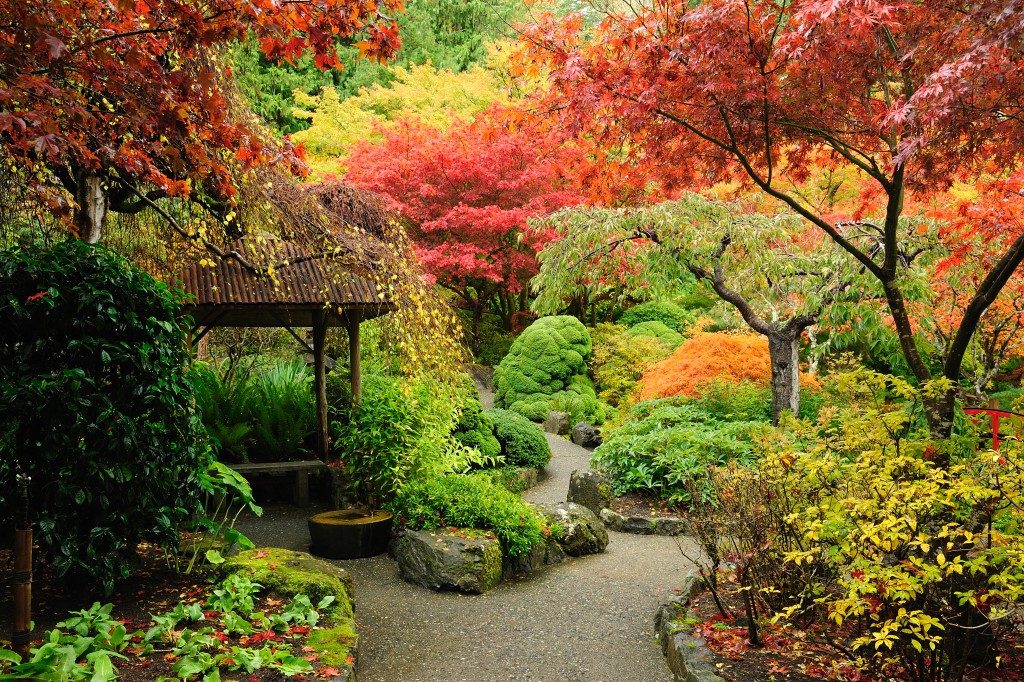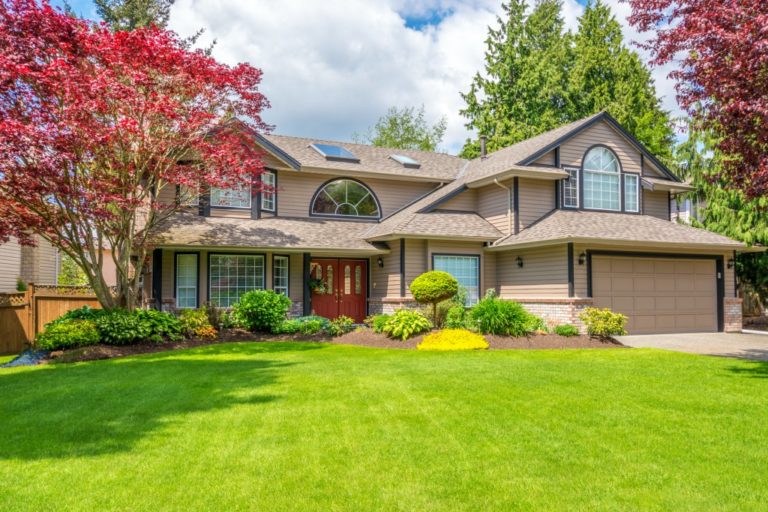Homeowners are now becoming more conscious of their environmental impact, and this reflects on how they design their homes. Many are considering adopting energy-efficient strategies and technologies, not only to reduce their carbon footprint, but to cut utility costs as well.
But home energy management still proves to be a challenge for most. Although interest in energy management techniques and technologies continues to rise, the actual uptake remains low. One of the reasons behind THE reluctance is the price. Deloitte says in its 2019 study many residential consumers still see sustainability initiatives and technology, such as solar energy panels, electric vehicles, and green energy programs, as expensive.
If you’re facing a similar problem, there’s a cheaper strategy for energy conservation: tree landscaping. And you can do it in just three steps.
Choose the Right Tree

Landscaping for energy conservation means choosing the right kind of tree for certain environmental and weather conditions. Trees have two classifications:
- Deciduous: These are trees that shed all of their leaves every autumn season. They block solar heat during summers by providing shade to the house, pavements, and air conditioners. Shrubs and short deciduous trees, those that have low, dense branches, can also serve as effective wind barriers.
- Evergreen: These are trees that stay green throughout the year, which means they’re perfect for blocking cold winds during winters. Evergreen trees can also provide shade, but only when the sun isn’t directly overhead since their branches are close to the ground.
Both evergreen and deciduous trees directly cool the air as the water from their leaves evaporates. These characteristics can help you plan which trees to plant in certain areas of your garden while accounting for the changes in season.
Maximize Shade to Reduce Solar Heat Gain
Shading, according to the U.S. Department of Energy (DOE), is the most economical way to minimize heat gain from the sun and cut cooling and air conditioning costs. A well-shaded neighborhood can reduce the temperature during summer daytimes by 6 degrees, compared to treeless areas.
First, know what the microclimate is in your area, so you’re aware of how the sun moves and the temperature fluctuates year-round. For instance, before you visit a tree nursery in Layton, Utah and pick out a tree, note that the area has a temperate climate. This information lets you know that the winter doesn’t get extremely cold, so you can take advantage of the sun by not planting thick, tall trees on the southeast side of your house (where the sun rises).
Plant deciduous trees by the east-facing walls because this provides shade for the home during summer mornings and afternoons. But trees that grow up to 25 feet must be at least 10 to 20 feet east and west of the house to prevent casting too much shade in the winter.
Lastly, make sure your air conditioning units are shaded from morning until night. Prune the branches to allow some clearance around the AC unit and encourage airflow. Don’t plant shrubs near the equipment because these will inhibit airflow and its cooling efficiency.
Protect Against Drafts
Winter drafts reduce your home’s energy efficiency because they carry heat away through small openings on your home’s surface. Plant trees in strategic spots around your house to provide ample coverage against strong winds. Your savings from preventing drafts from entering your home can range from 5 to 30 percent per year, according to the DOE.

Evergreens are effective windbreak trees because they keep their leaves even in the winter. Plant spruces, firs, junipers, Douglas-firs, and similar trees upwind of your windows. This means planting on the north, northwest, and west sides of the building. Windbreak trees should be close enough together to act as a solid barrier against drafts.
Be careful with planting your seedlings. Learn the mature size and growth rate of each species you want to plant to measure them accurately according to the size of your property. Also, it’s best to contact your local fire department and power utilities to avoid planting near power lines and fire-prone areas.
Energy management doesn’t have to be expensive. But make sure you research sufficiently about the steps you’ll take to ensure that your actions will be beneficial and not put anyone in harm’s way.




